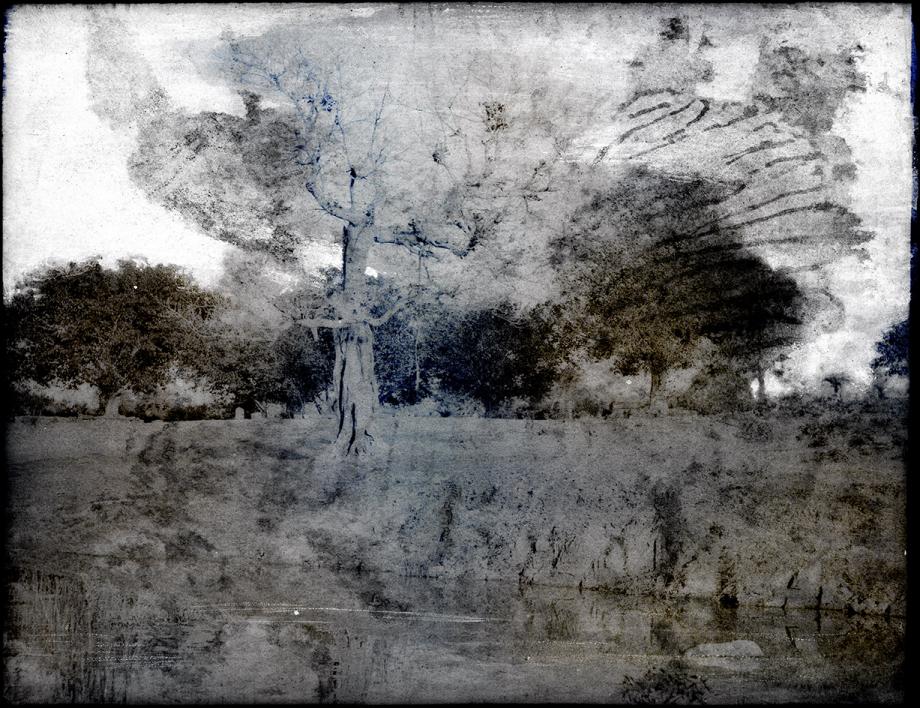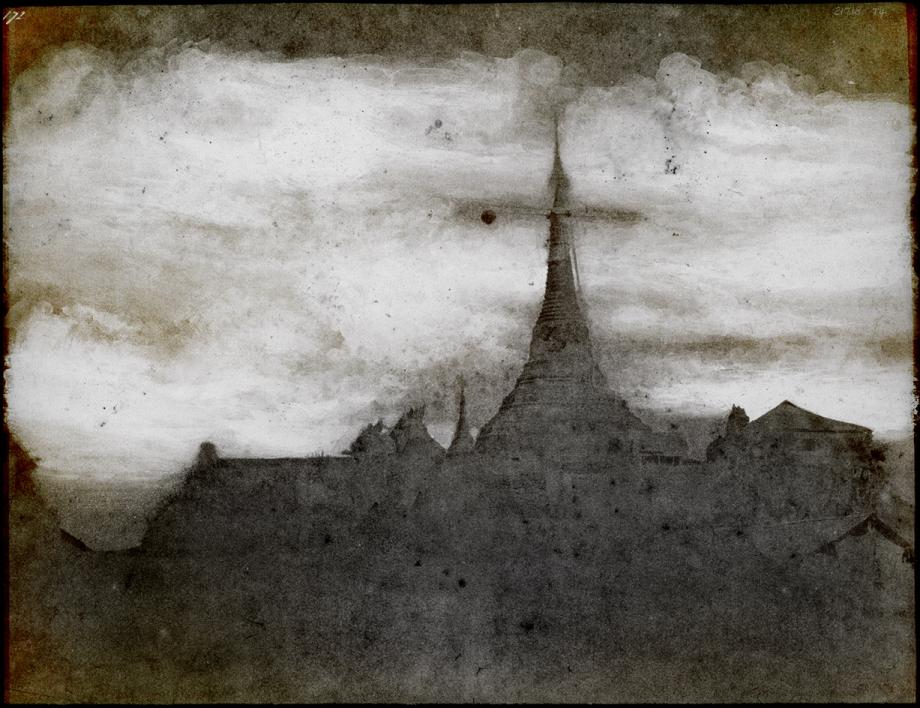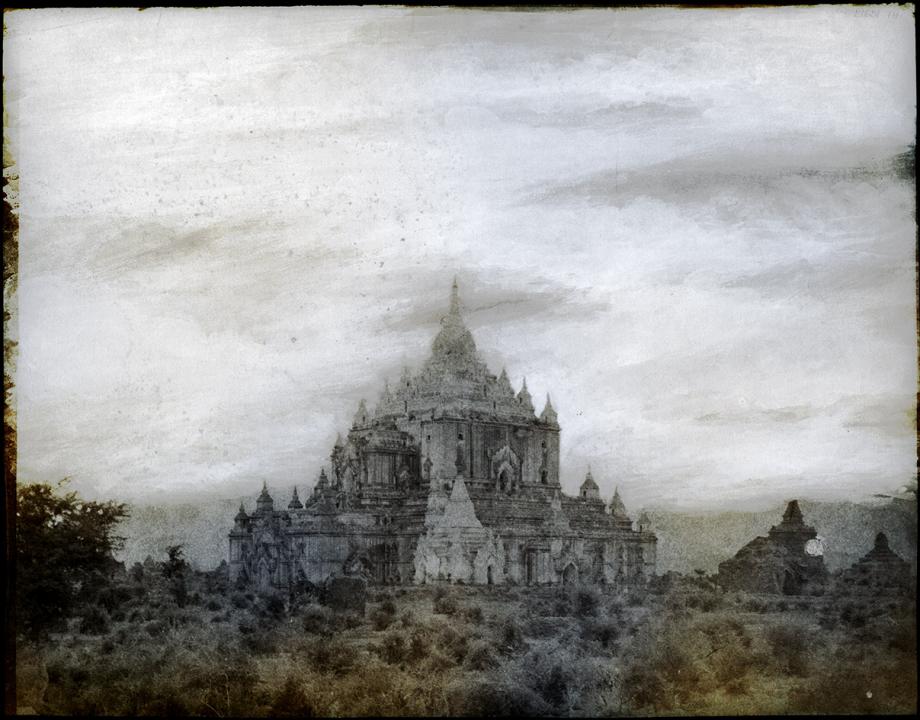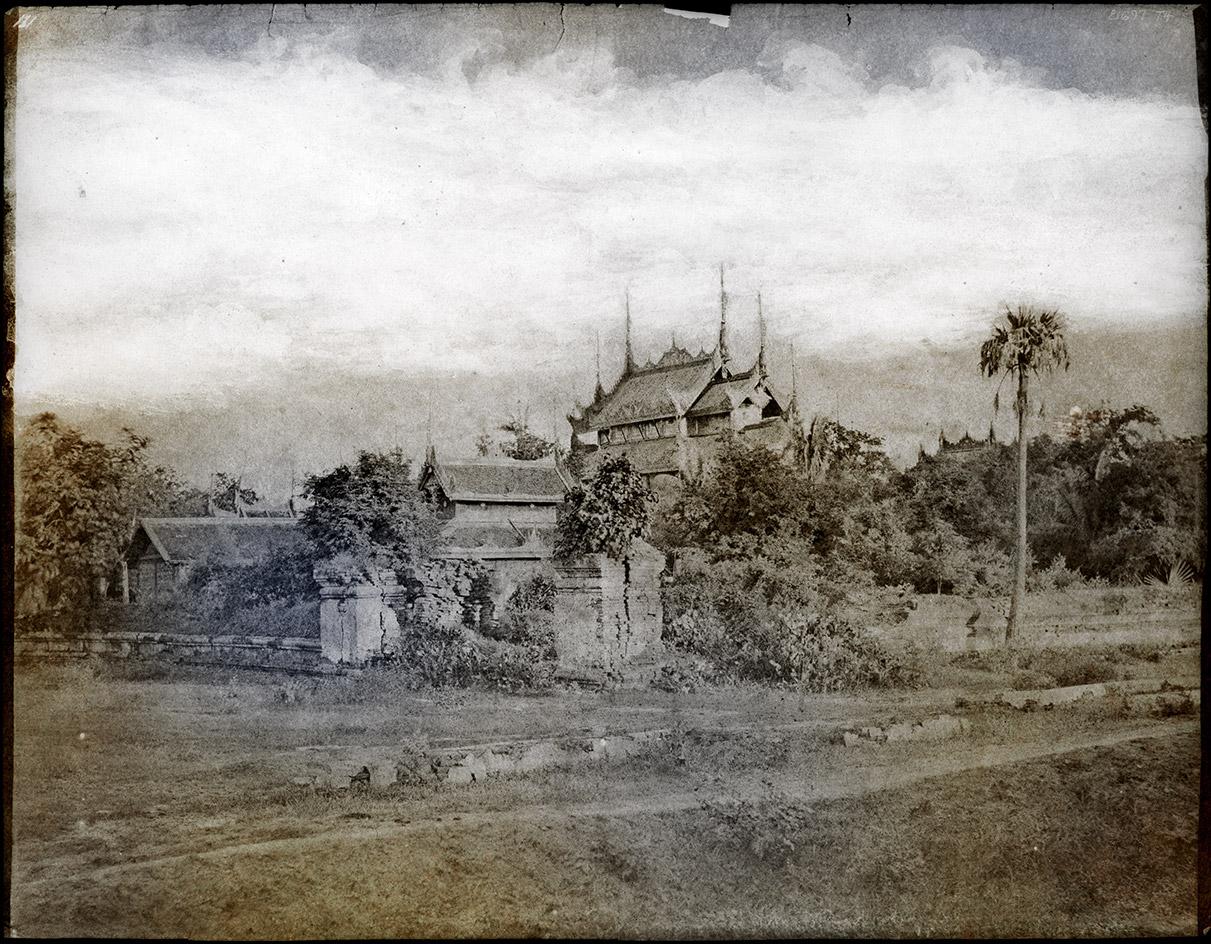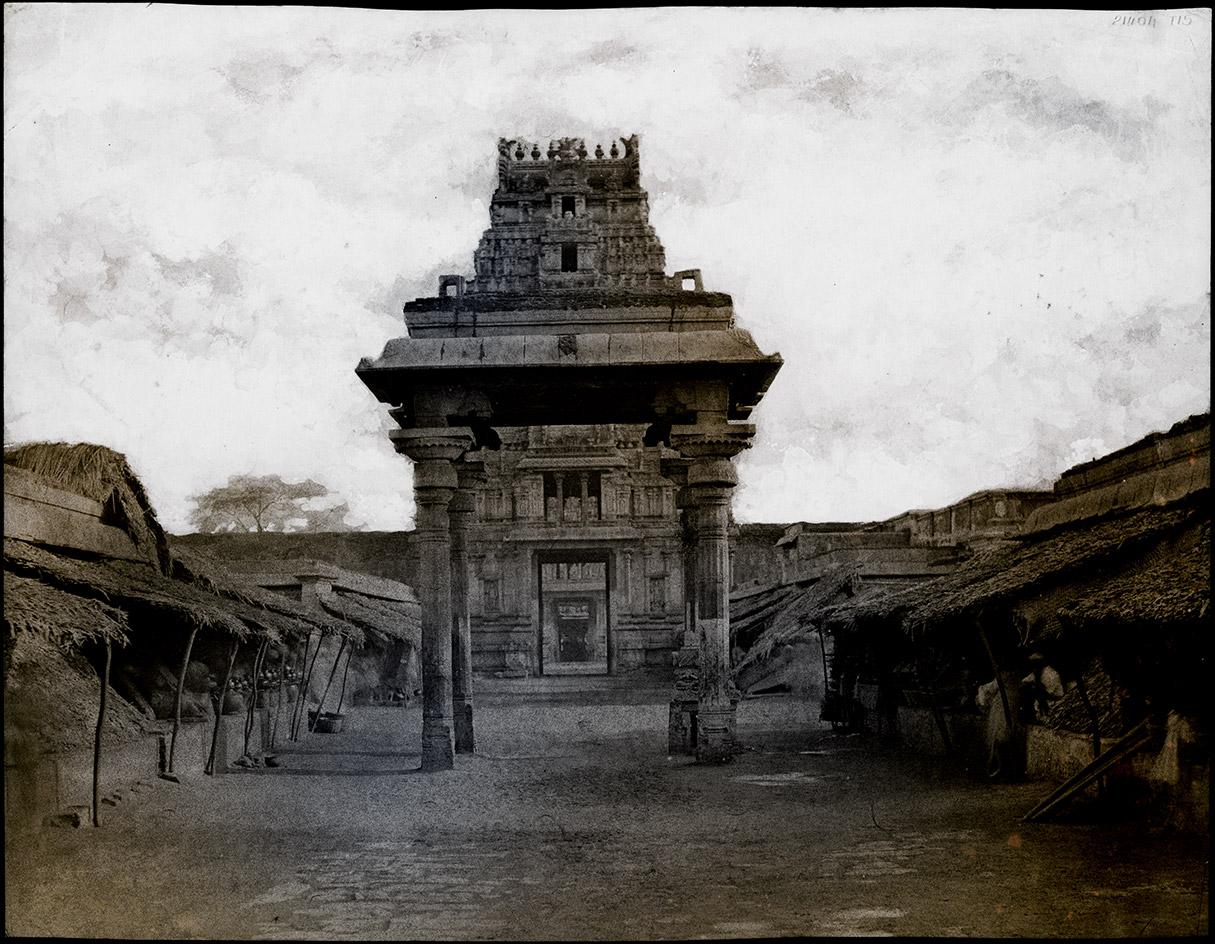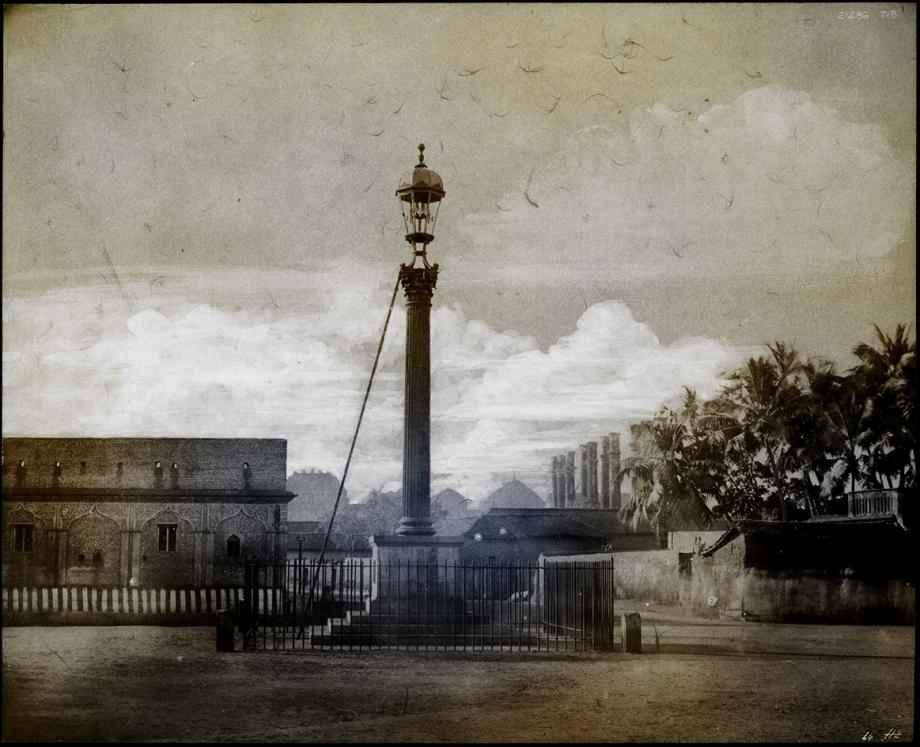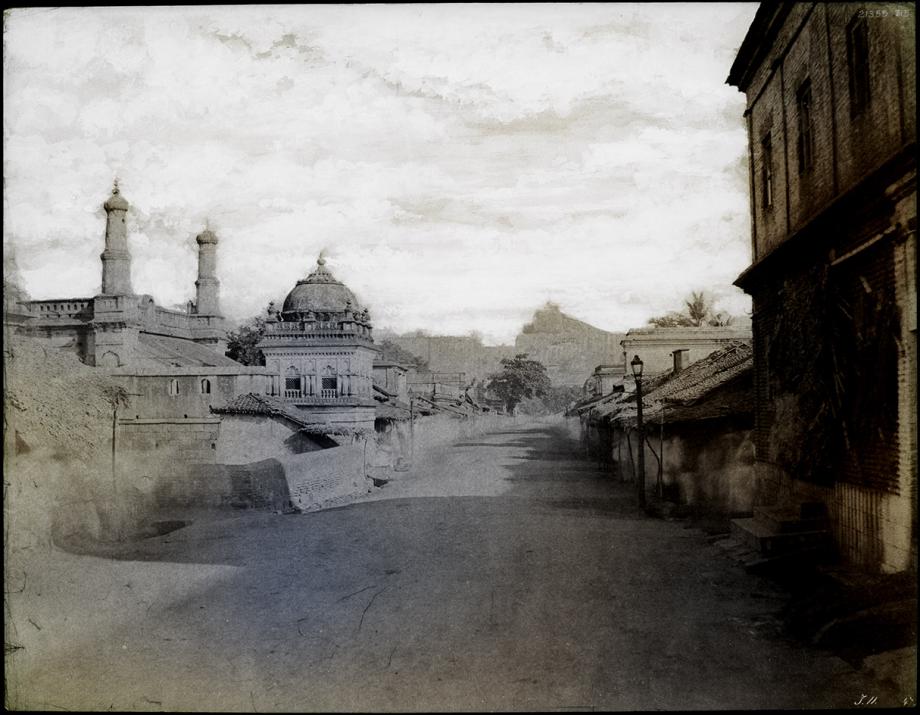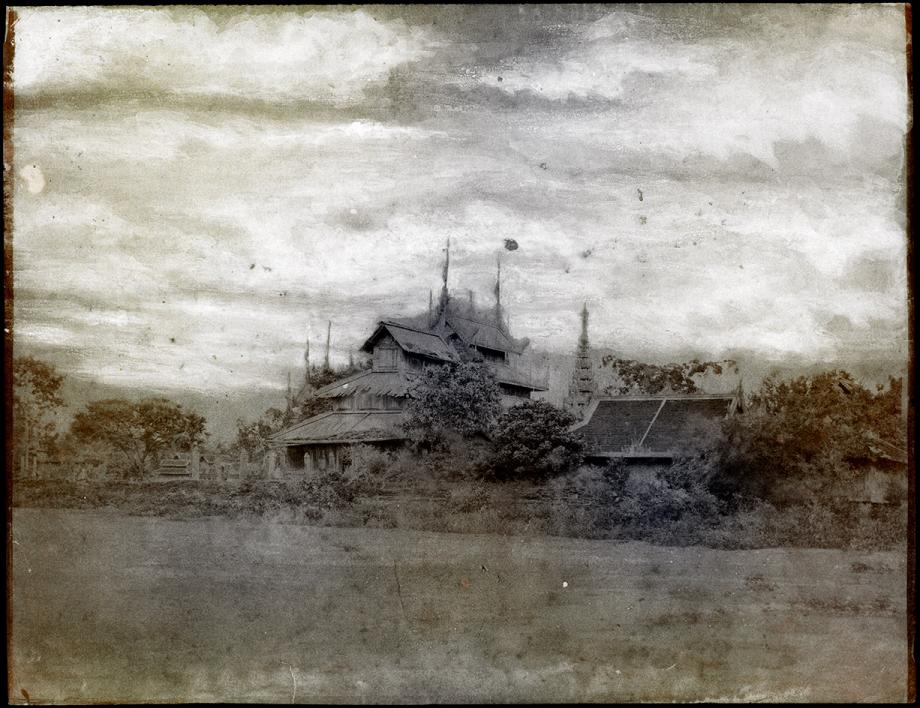PHOTO:Thomas Ruff-Transforming Photography
 Since the late 1970s, Thomas Ruffhas been exploring the structures and contiguities of the photographic medium. Ruff is interested not only in the various genres of photography, but also in the many different photographic techniques these involve. He analyses the visual significance and power of expression in different photographic genres and makes use of all the photographic techniques and methods he knows. As a result, his oeuvre encompasses everything from his own analogue and digital photographs to computer-generated images as well as photographs from scientific and private archives, press photos and photos found on the internet.
Since the late 1970s, Thomas Ruffhas been exploring the structures and contiguities of the photographic medium. Ruff is interested not only in the various genres of photography, but also in the many different photographic techniques these involve. He analyses the visual significance and power of expression in different photographic genres and makes use of all the photographic techniques and methods he knows. As a result, his oeuvre encompasses everything from his own analogue and digital photographs to computer-generated images as well as photographs from scientific and private archives, press photos and photos found on the internet.
By Efi Michalarou
Photo: David Zwirner Gallery Archive
Thomas Ruff’s solo exhibition “Transforming Photography” provides an overview of the artist’s prodigious career, ranging from a seminal early series to two bodies of new work that were initiated in 2018, “tripe” and “flower.s”. Ruff rose to international prominence in the late 1980s as a member of the Düsseldorf School, a group of young photographers who studied under Bernd and Hilla Becher at the Kunstakademie Düsseldorf and became known for their experimental approach to the medium and its evolving technological capabilities. Ruff made a radical break with the style of his teachers, establishing a distinct approach to conceptual photography through a variety of strategies, including the use of color, the purposeful manipulation of source imagery and the enlargement of the photographic print to the scale of monumental painting. Working in discrete series, Ruff has since utilized these methods to conduct an in-depth examination of a variety of photographic genres, including portraiture, the nude, landscape, archival, and architectural photography, among others. By the end of the 20th Century, digital technologies of reproduction had become prevalent, and the majority of Ruff’s work since that time reflects this transition to a new mode of image construction, distribution, and reception, as evidenced by the works on view. While a number of Ruff’s series from the earlier part of his career similarly eschew the traditional use of a camera—including his “Sterne” photographs (1989-92) in which he worked with negatives that he acquired from the archive of the European Southern Observatory to print large-scale, nearly abstract starscapes. In several later series the artist goes further to experiment with achieving analog effects through digital means, often without the use of a camera. For “tripe” he worked with high-resolution images of the paper negatives produced in Burma and Madras between 1856 and 1862 by British Army captain and photographer Linnaeus Tripe (1822-1902), who had been commissioned by the British government. These are now held in the archives of the Victoria & Albert Museum in London. Ruff was particularly interested in Tripe’s use of paper negatives, which were used in the 19th Century primarily for “travel photography” because they were lighter and easier to transport than glass negatives. For these paper negatives, a light-sensitive emulsion is applied to the paper, and it is then placed in the camera in the same way as a glass negative. With the cooperation of the V&A, Ruff was able to view the still extant 30.5 x 38 cm negatives and select a few for his own work. All of the negatives showed distinct traces of wear and tear due to their age. Some had been damaged by mould or foxing, water damage or chemical changes. In many cases, the thin wax coating applied to render the paper more transparent had evident traces of folding or crumbling. Ruff had these negatives reproduced and transformed into positives, whereby the sepia tint of the negative was inverted in cyan blue. In order to retain both colours in a single image, he placed two images, each in a different color, on top of one another, and then removed areas of the sepia image so that the colority of both the negative and the positive became visible. On enlarging the image, the texture of the paper and all the processes and changes involved came to the fore. In this series, Ruff has sought to highlight the beauty and visual uniqueness of the paper negative, which played such a fundamental role in the history of photography and which might otherwise be sentenced to oblivion in this age of digitalisation. Likewise, to create the works in his ongoing “phg.” series (2012– ), Ruff utilizes a custom software program to compose visually complex, illusory arrangements of shapes and colors that resemble the photograms made by the Surrealists in the 1920s by arranging objects on top of light-sensitive paper. For these artists, the ability to make a photographic image without a camera was both radical and experimental, whereas, paradoxically, Ruff’s use of a computer to simulate this process allows the artist a higher degree of control over the final composition. In the newest body of work on view “flower.s” (2018– ), Ruff uses a combination of digital manipulation and analog techniques to approximate pseudo-solarization (also known as the Sabattier effect), another effect favored by the Surrealists in which light and dark areas of an image are partially transposed during the printing process. To create these works, Ruff first uses a digital camera to photograph flowers or leaves arranged on the surface of a light box, then employs a software program to alter their tonal values. He then prints the resulting image onto aged paper, imbuing the resultant compositions with an old-fashioned feel. Several of the other series presented in the exhibition call attention to the way in which images circulate in the internet era. To create his “nudes” (1999– ), Ruff searches the internet for pornographic images, which he then enlarges, deliberately manipulating the low resolution files by further blurring the image and sometimes altering their color or removing details. The exhibition also includes several images from Ruff’s “jpeg” series (2004- ). To make these works, Ruff sources low-resolution photographic images from the internet, and subsequently digitally manipulates them. Blown up to the scale of traditional nineteenth-century history paintings, these images remain legible yet noticeably blurred, producing an almost painterly effect wherein grids of mechanical pixilation substitute for the expressiveness of a brushstroke, and, like the works of the Impressionists, the full image comes into view only at a distance.
Info: David Zwirner Gallery, 5-6/F, H Queen’s, 80 Queen’s Road, Central Hong Kong, Duration: 22/5-29/6/19, Days & Hours: Tue-Sat 11:00-19:00, www.davidzwirner.com
